 Given that the Museum of Modern Art has studiously ignored me and my critique of its policies and practices for most of the past half-century,* I’ve found it both surprising and charming to have my name and work crop up in two separate MoMA projects over the past year.
Given that the Museum of Modern Art has studiously ignored me and my critique of its policies and practices for most of the past half-century,* I’ve found it both surprising and charming to have my name and work crop up in two separate MoMA projects over the past year.
My first recent MoMA appearance came as part of “The Shape of Things: Photographs from Robert B. Menschel,” an exhibition curated by Quentin Bajac, Chief Curator of the Modern’s Department of Photography, which ran there from October 29, 2016-May 7, 2017. Not only does the catalog thereof include a quote from me, but the show itself enlarged that fragment of my text for display on the installation’s wall.
The excerpt:
Here the photographer consciously and intentionally creates events for the express purpose of making images thereof. This may be achieved by intervening in ongoing “real” events or by staging tableaux — in either case, by causing something to take place which would not have occurred had the photographer not made it happen.
Here the “authenticity” of the original event is not an issue, nor the photographer’s fidelity to it, and the viewer would be expected to raise those questions only ironically. Such images use photography’s overt veracity against the viewer, exploiting that initial assumption of credibility by evoking it for events and relationships generated by the photographer’s deliberate structuring of what takes place in front of the lens as well as of the resulting image. There is an inherent ambiguity at work in such images, for even though what they purport to describe as “slices of life” would not have occurred except for the photographer’s instigation, nonetheless those events (or a reasonable facsimile thereof) did actually take place, as the photographs demonstrate.
… This mode I would define as the directorial.
(Coleman, A. D., “The Directorial Mode: Notes Toward a Definition,” Artforum 15:1 (September 1976), pp. 55-61.
Predictably, the usage of this statement in this show avoids mentioning its relevant context. At the time I wrote this, MoMA’s curator of photography, John Szarkowski, thoroughly despised such work, excluding it from the shows he curated (save, perforce, the 1978 “Mirrors and Windows” survey) and acquiring none of it for the department’s collection. And I had taken him to task publicly for ignoring this increasingly prominent tendency in the medium. Amusing, therefore, to find my statement about the centrality to photography of this mode on the Modern’s walls, forty years later, used to rationalize the inclusion of directorial images in the collection since his departure.
•
More recently, I have a cameo in the catalog for the recent MoMA publication Arbus Friedlander Winogrand: New Documents, 1967, which celebrates the 50th anniversary of Szarkowski’s influential show. I pop up in Sarah Hermanson Meister’s essay “Newer Documents”; her inclusion of a snippet of my commentary thereon merits some analysis. Meister writes:
This volume, with an unwavering dedication to the facts and a commitment to directing interested readers to the many thoughtful published resources around these three important artists, will counter any temptation to canonize. As the critic A. D. Coleman reflected in 2009 [sic], “MoMA’s 1967 sponsorship of [Arbus, Friedlander, and Winogrand] in this show made the careers of all three individually while simultaneously associating them with each other indelibly and in perpetuity; meanwhile, the collective statement that emerged from their work in aggregate fell like a bombshell on the world of photography. Szarkowski ambitiously sought with it to reconfigure the very way in which photographs were understood.”
Not all of the subsequent reception has been so positive. … (P. 10)
That “unwavering dedication to the facts” notwithstanding, the essay from which Meister quotes appeared in 2000, not 2009. (Clearly both she and some proofreader neglected to correlate the main text with the footnote, which gives the correct publication date.) Moreover, representing this extract — and, by implication, the essay from which it derives — as “so positive” qualifies as, at best, misleading. (Judge for yourself: Click here for part 1, and here for part 2.)
After all, just a few paragraphs further on I wrote,
The resulting imagery emanated an aura of authenticity reminiscent of cinema verité, augmented with a tone of hip cynicism and épater le bourgeois, combined with a fascination with public behavior in general, an acceptance of the bizarre and grotesque and marginalized, and a distinct hint of cultural criticism — though nothing approximating a social critique emerges from the work of any one of them, nor from their collective output. …
Many, myself included, have profound disagreements with this posture and the theory on which it relies. …
Moreover, presenting this passage from my essay as an encomium sidesteps the fact that for decades I was known as “Szarkowski’s severest critic,” based on a slew of essays challenging that curator’s narrow view of the medium. Those writings of mine serve as background to this one from 2000. It’s in light of that continuity of critique that a serious historian should assess my response to “New Documents,” instead of cherry-picking an isolated passage that, superficially, might seem to approve the enterprise.
Meister’s claim notwithstanding, this MoMA book does nothing to “counter any temptation to canonize” any of those involved — Szarkowski, Arbus, Friedlander, Winogrand. In no way does it comes across as anti-canonical. Indeed, by its very presence in the literature — especially bearing the MoMA imprint — it adds to the luster of all four, inevitably enhancing their ongoing canonization. (There in a nutshell you have the problem of supposed neutrality: It always favors the status quo.)
With that cavil, I recommend this book — not so much for Meister’s essay as for this volume’s reconstitution in print of a germinal exhibition, complete with relevant documentation. A major improvement over their handling of the 50th anniversary of Walker Evans’s “American Photographs” as orchestrated by Peter Galassi back in 1989, which I castigated at the time as a curatorial travesty. Maybe someone listened.
(*Full disclosure: On March 17, 2013, by invitation, I participated in a Scholars’ Day devoted to the work of Robert Heinecken, sponsored by the Museum of Modern Art’s Department of Photography in conjunction with a Heinecken retrospective. And in January 1997 MoMA, the Museum of Modern Art’s magazine, published an essay of mine about Manuel Alvarez Bravo in conjunction with an Alvarez Bravo retrospective.)
The Beet Goes On
On June 19, Stacy Platt, editor of the SPE journal Exposure, sent the following message via LinkedIn:
Dear Photo Peers, Friends and Colleagues:
 I am writing to request a few moments of your time and informed opinions regarding the state of photographic writing and publishing [sic] today. Some of you are friends, others I have studied, taught or worked with or alongside, still others are those whose work and ideas I am interested in publishing and sharing and still others are in the more esoteric reaches of the book publishing industry — and I’ve likely wracked up [sic] a considerable amount of credit card debt with you.
I am writing to request a few moments of your time and informed opinions regarding the state of photographic writing and publishing [sic] today. Some of you are friends, others I have studied, taught or worked with or alongside, still others are those whose work and ideas I am interested in publishing and sharing and still others are in the more esoteric reaches of the book publishing industry — and I’ve likely wracked up [sic] a considerable amount of credit card debt with you.
Surely those of you that are image-makers and those invested in the enterprise of image-making have some opinons [sic] on what constitutes accessible, engaging and thoughtful writing, dialogue and exchange on our craft. Whether or not you’ve heard of the publication I edit or the organization that hosts this publication does not matter (in fact I am very interested in hearing from those of you who have not!). I am trying to effect change in a field and an organization that could use a multiplicity of voices and approaches, and your responses to this survey will greatly assist me in manifesting that change.
Here is the link to the survey:
https://www.surveymonkey.com/r/XFN2WZZ
Completion at your earliest convenience would be greatly appreciated. I am presenting an aggregation of this information this week at a board of directors meeting. Many sincere thanks! I hope that however we know one another, that we connect again in the near future.
Stacy J. Platt
•
I posted the following response:
“… the state of photographic writing and publishing …” Grammatically speaking, unless you’re writing on light-sensitive paper or publishing something on light-sensitive paper, neither writing nor publishing can be “photographic.”
By the same token, education can’t be “photographic.” Hence “Society for Photographic Education” is a misnomer — one we owe, so far as I can determine, to the late Nathan Lyons.
So the state of writing and publishing about photography is this: much of it — including much of it generated by people with academic credentials, among them the editor of the SPE’s journal of record — gets produced by people unaware of the grammatical rules that govern the use of the adjective “photographic.”
I should add that while you can’t “wrack up” anything, including credit-card debt, you can “rack up” such obligations.
On A Lighter Note
Photographers will appreciate the March 12, 2017 Saturday Night Live sketch, “Zoo Pornographer.”
State of the Onion
When China’s “First Emperor,” Qin Shi Huang (he of the fabulous Terra Cotta Army), died,
“His son and eunuchs feared that any sudden news of his death would cause political unrest, so he was transported back to his palace with only a few trusted advisers aware of the event. To disguise the smell of his decaying flesh, cartloads of dried fish were positioned to the front and rear of his carriage.” — David F. Lloyd, “The Man Who Would Cheat Death and Rule the Universe”
In the case of Donald Trump, our Dead President Walking, we have the same effect, achieved by surrounding him with with the reek of fawning toadies kissing the ring.
For those who fear this nightmare will prove endless, I recommend regularly visiting, and even subscribing to, Louise Mensch’s blog, Patribotics. Mensch — a former British member of Parliament and wife of the manager of the heavy metal band Metallica — is an investigative journalist with inside connections in the intelligence community; for more about her, click here for an NPR story and here for a story in the Guardian. If even part of what she writes at her blog (which she subtitles “Exposing Vladimir Putin’s War on America”) proves true, help is on the way. (My thanks to reader David Steinberg for alerting me to Mensch’s investigative work.)
To supplement Patribotics, I recommend Bill Palmer’s Palmer Report — knowledgeable short commentary on the Trump scandals as they unfold. And if you really want to see where all this is going, watch the feature-length Dutch documentary “The Dubious Friends of Donald Trump,” tracking The Donald’s Russian connections from the late 1980s on.
And by all means read “Robert Mueller Chooses His Investigatory Dream Team” by Garrett M. Graff , published by Wired on June 14. If this crew was on my case, I’d shit bricks; no wonder Team Trump has entered panic mode.
Trump’s Fake News
Not to be outdone by the MSM, Donald Trump has long generated his own fake news. Latest instance: the fake Time cover he had his staff dummy up for prominent display at four of his golf clubs, as reported by David A. Fahrenthold in the June 27 Washington Post:
Time has now demanded the removal of those fake covers from the clubs, where sightings have risen to seven separate locations.
“If music be the food of love, play on.”
Reprinted without comment from “Music torture: How heavy metal broke Manuel Noriega,” Newsweek, May 30, 2017:
Metallica’s “Enter Sandman” had became [sic] a particular favourite at the height of the War on Terror, when US interrogators admitted using music to break the resistance of captives in Iraq. The goal was to deprive them of sleep and offend their cultural sensibilities.
Unco-operative prisoners were exposed to children’s TV music from Sesame Street, and the purple singing dinosaur Barney.
Sergeant Mark Hadsell of the Psychological Operations Company (Psy Ops) told Newsweek magazine: “These people haven’t heard heavy metal. They can’t take it.
“If you play it for 24 hours, your brain and body functions start to slide, your train of thought slows down and your will is broken. That’s when we come in and talk to them.”
“In training, they forced me to listen to the Barney I Love You song for 45 minutes. I never want to go through that again,” one US operative told Newsweek.
•
This post sponsored by a donation from photographer David Freund.
•
 Special offer: If you want me to either continue pursuing a particular subject or give you a break and (for one post) write on a topic — my choice — other than the current main story, make a donation of $50 via the PayPal widget below, indicating your preference in a note accompanying your donation. I’ll credit you as that new post’s sponsor, and link to a website of your choosing. Include a note with your snail-mail address (or email it to me separately) for a free signed copy of my 1995 book Critical Focus!
Special offer: If you want me to either continue pursuing a particular subject or give you a break and (for one post) write on a topic — my choice — other than the current main story, make a donation of $50 via the PayPal widget below, indicating your preference in a note accompanying your donation. I’ll credit you as that new post’s sponsor, and link to a website of your choosing. Include a note with your snail-mail address (or email it to me separately) for a free signed copy of my 1995 book Critical Focus!
 But wait! There’s more! Donate now and I’ll include a copy of The Silent Strength of Liu Xia, the catalog of the 2012-13 touring exhibition of photos by the dissident Chinese photographer, artist, and poet, currently in her sixth year of extralegal house arrest in Beijing. The only publication of her photographic work, it includes all 26 images in the exhibition, plus another 14 from the same series, along with essays by Guy Sorman, Andrew Nathan, and Cui Weiping, professor at the Beijing Film Academy.
But wait! There’s more! Donate now and I’ll include a copy of The Silent Strength of Liu Xia, the catalog of the 2012-13 touring exhibition of photos by the dissident Chinese photographer, artist, and poet, currently in her sixth year of extralegal house arrest in Beijing. The only publication of her photographic work, it includes all 26 images in the exhibition, plus another 14 from the same series, along with essays by Guy Sorman, Andrew Nathan, and Cui Weiping, professor at the Beijing Film Academy.


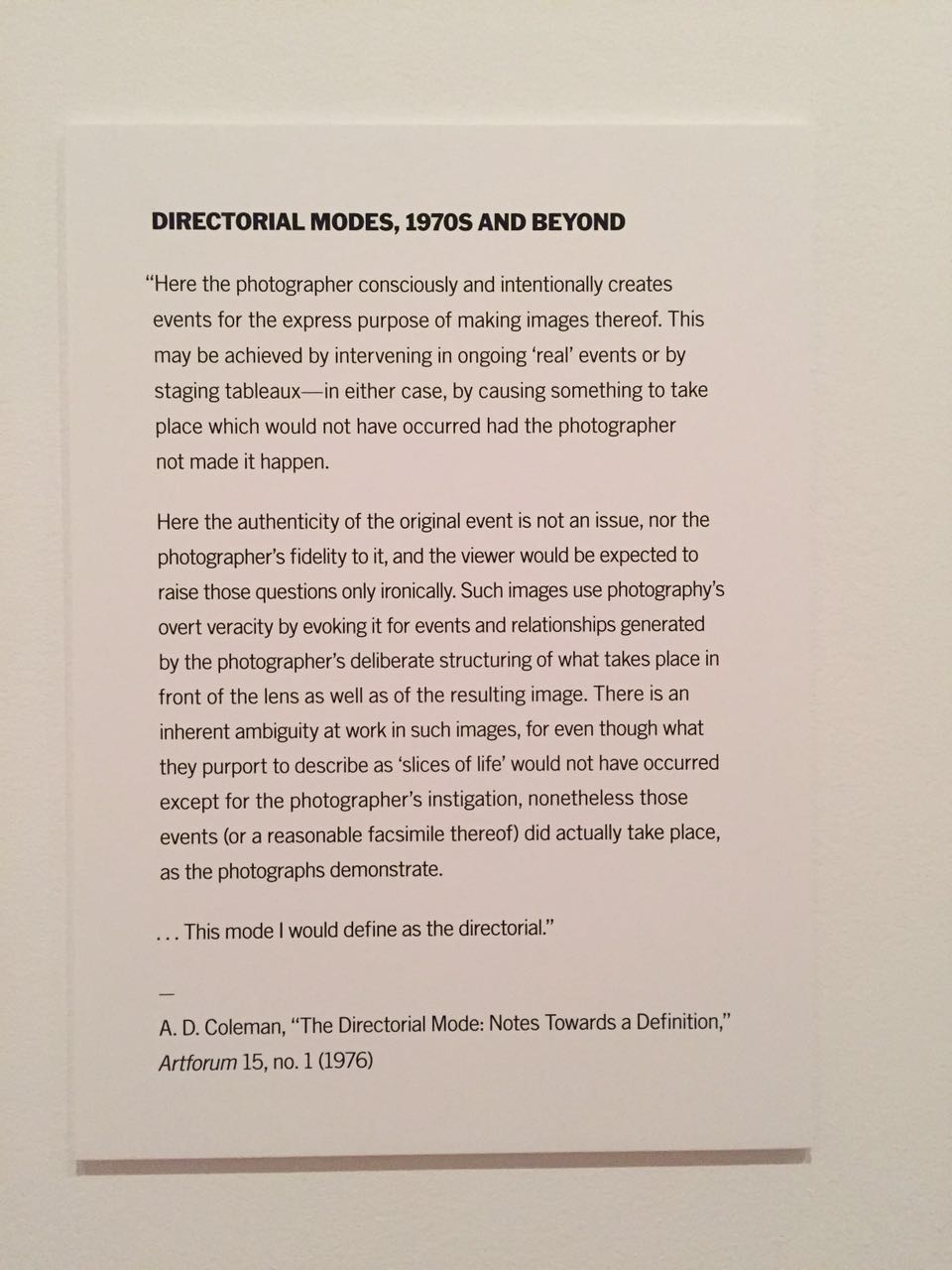
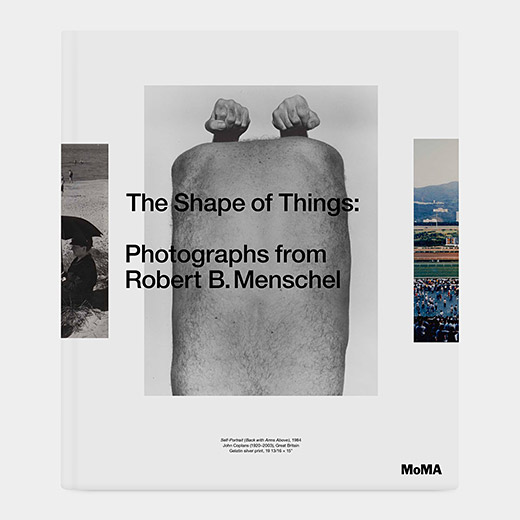
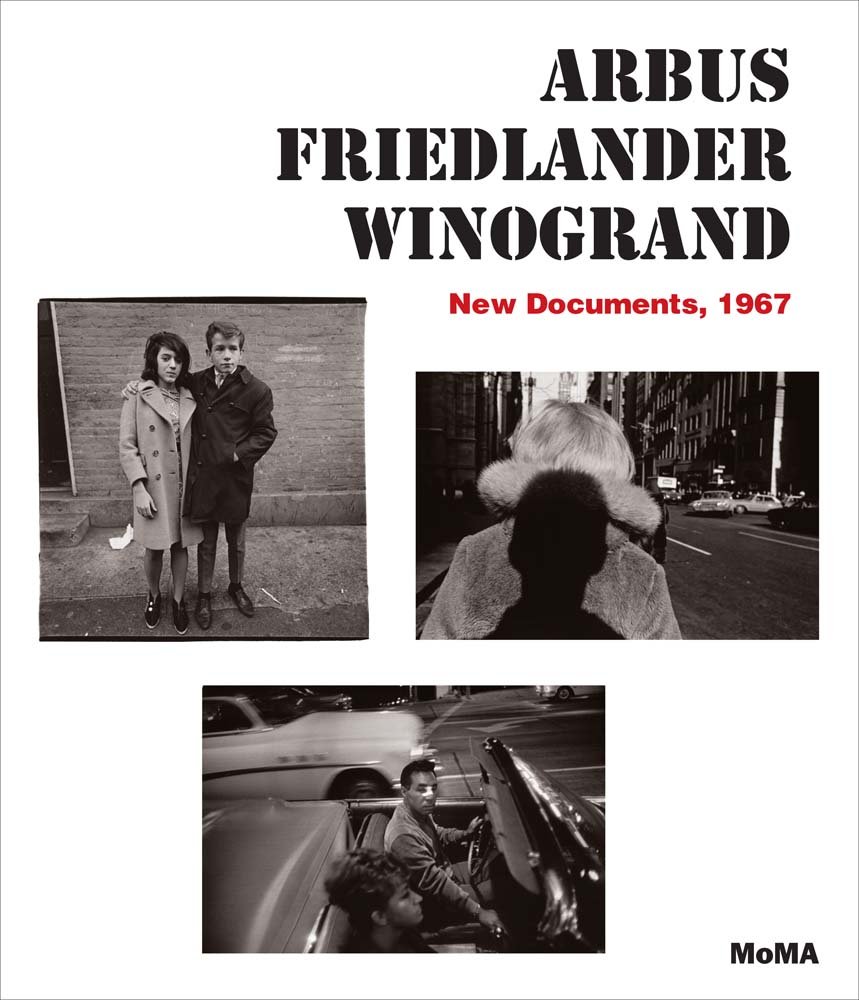
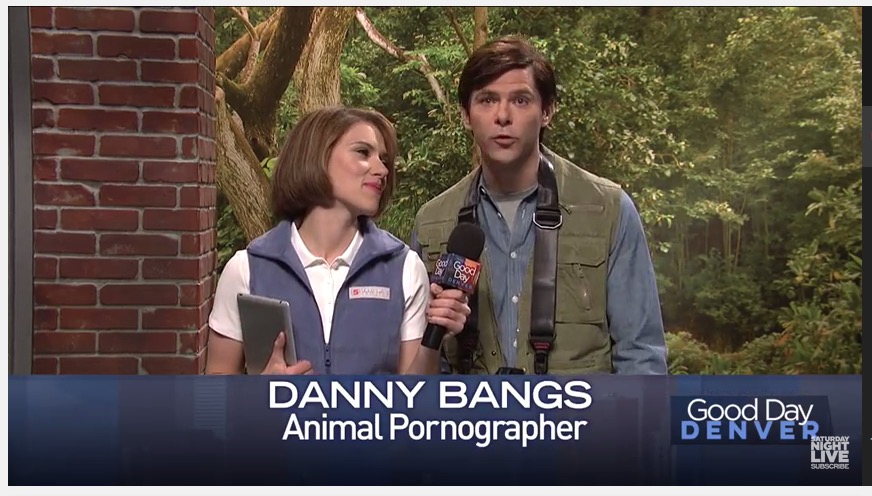
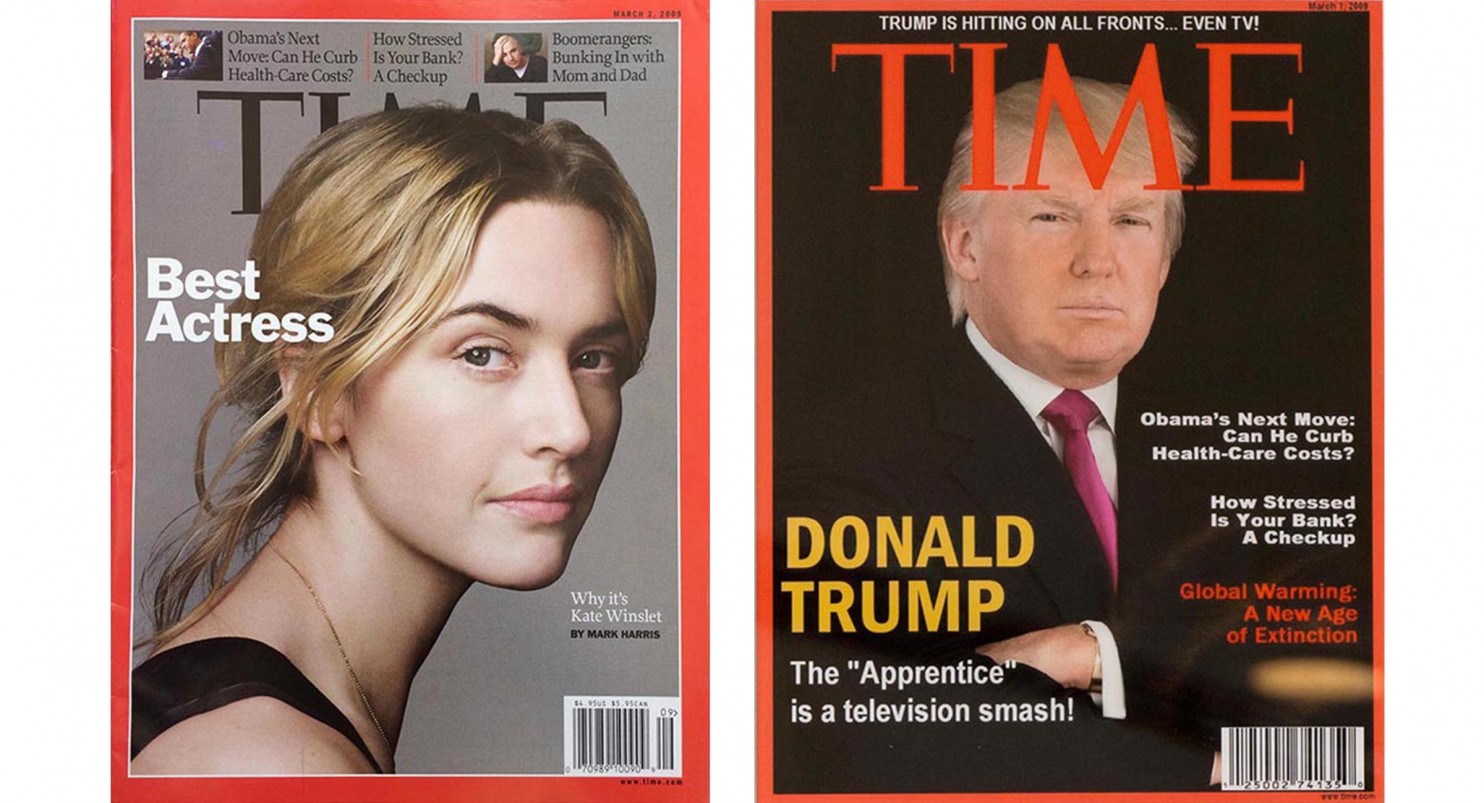




When are you ever going to write anything about Roy DeCarava? – Are you so afraid of the wrath (sue) of the ‘DeCarava estate'(Sherry, Susan) that you cannot say ANYTHING, good or critical about my father’s 60+ years of work and association with MoMA? – I can, and will tell you anything and everything you want to know about my father’s early life (1943-1970), His life in the Bronx, his 2 black sons, his white stepdaughter, his first 3 wives, his stint in the army, his communist affiliation, – all the things a good biographer, and the public, should know about ‘One of the greatest black American photographers of the last half of the twentieth century’ – all the things the ‘DeCarava Estate’ didn’t know (and didn’t want to know) about the gentle nature of my father. I can say, and relate to anyone, anything about my father, his life and work, without having to worry about Sherry and Susan suing me.
hope to hear from you soon.
Leslie R DeCarava
See my response to your earlier query on this subject here.
I have written at length and regularly about Roy DeCarava and his work, going back to 1969. Please take the trouble to inform yourself before making baseless accusations such as this. You do not do your father’s memory any service with such attacks on someone who knew him and showed respect for his life and work for decades.
Leslie: Your father was a truly great photographer– one of my heroes. I treasure my (signed) copy of The Sweet Flypaper of Life.
Why not write a biography of your dad ? I promise to buy two copies and will give one to my college library. Even if you have to self publish the book it would be worth it. There is nothing wrong with self publication. I think that the ICP would stock the book as would other stores specializing in photography and art.